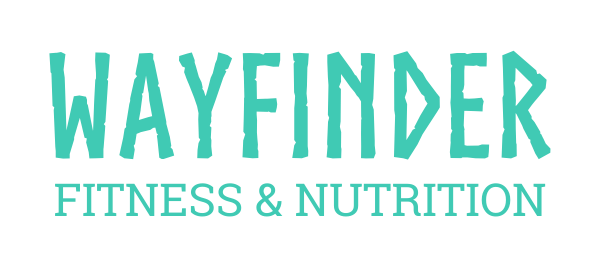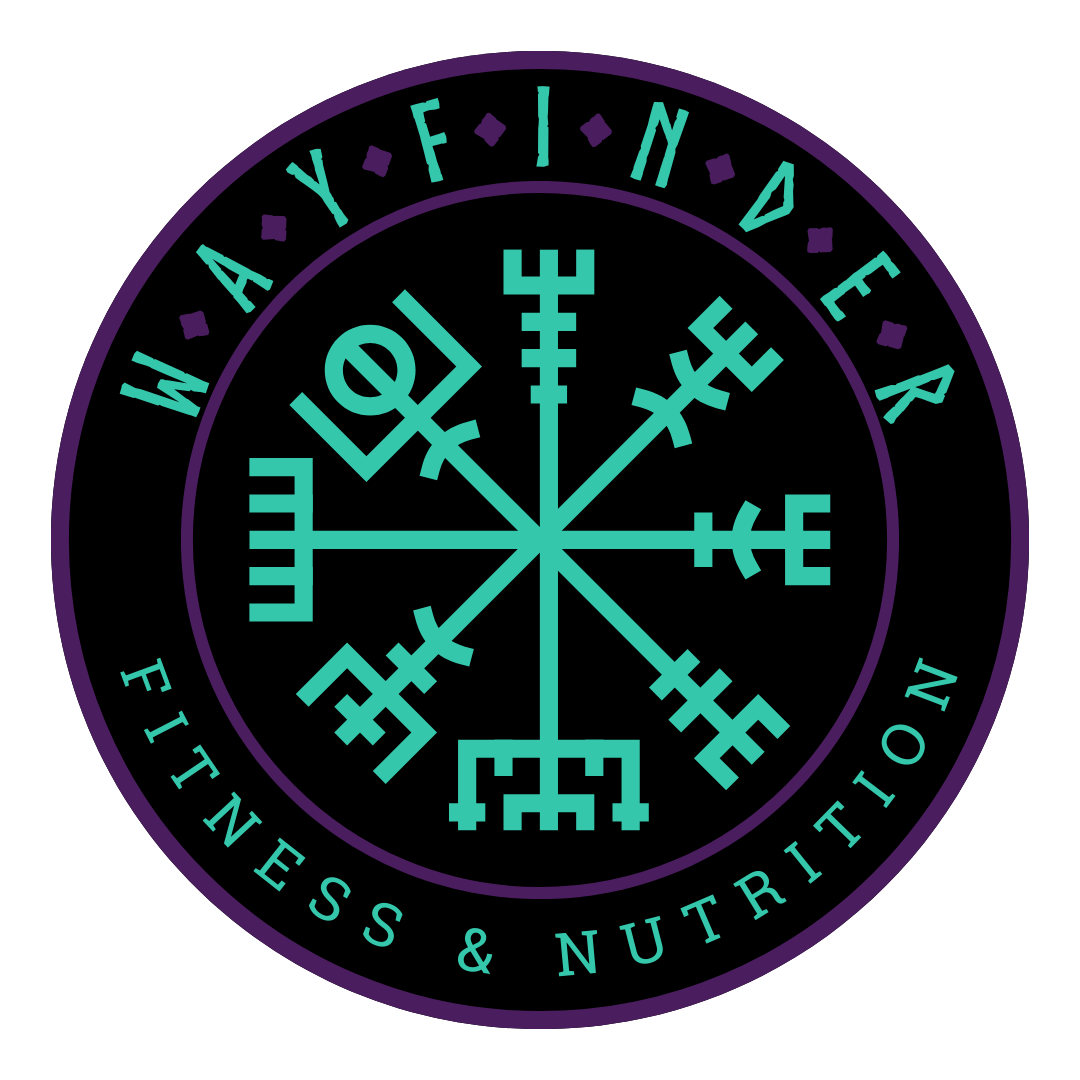
A Nutrition Coach’s Guide to Saving Time, Money, and Stress
Life in Alaska is busy. Whether you’re working long hours, juggling kids’ schedules, or simply someone who thrives on being “go-go-go,” eating well often gets pushed to the back burner. Add in the higher cost of groceries up here, and it can feel almost impossible to stay consistent without blowing your budget.
But here’s the good news: you don’t need fancy meal kits, endless time in the kitchen, or a chef’s degree to eat well. You just need a simple plan, a few smart strategies, and the willingness to practice.
As a nutrition coach, I want to show you how to keep meal planning realistic, budget-friendly, and tasty — without it taking over your life.
Step 1: Keep It Simple (and Repeatable)
The truth? Most people overcomplicate healthy eating. You don’t need 30 new recipes every week. You need a short list of go-to meals that you actually like and can make quickly.
Think in terms of building blocks:
- Protein: chicken thighs, ground beef/turkey, salmon, canned tuna, eggs.
- Carbs: rice, oats, sweet potatoes, pasta, bread/tortillas.
- Veggies/Fruit: whatever’s in-season or on sale (frozen counts!).
Pick a few from each category, mix and match, and you’ve got meals for the week.
Step 2: Shop Smart for Alaska
Groceries aren’t cheap here, but you can stretch your dollar:
- Costco Bulk: Stock up on staples like oats, rice, frozen chicken, ground beef, and eggs. They last, and you’ll pay less per serving.
- Frozen Veggies & Fruit: Just as nutritious as fresh, and often way more affordable. Plus, they won’t go bad before you use them.
- In-Season Produce: Summer berries, root veggies in the fall, hardy greens — eat what’s in season locally to save money and get the best quality.
- Sales & Freezer Space: Don’t be afraid to buy extra when meat is on sale. Portion it out and freeze it.
Step 3: Cook Once, Eat Twice (or More)
Meal prep doesn’t mean eating chicken and broccoli five days in a row. It just means setting yourself up so food is ready when you need it.
A few ideas:
- Sheet Pan Meals: Toss chicken, potatoes, and veggies on a tray with some seasoning. Bake. Done.
- Slow Cooker/Instant Pot Chili: Cheap, filling, packed with protein, and great for leftovers.
- Egg Muffins: Whisk eggs, veggies, and cheese, bake in muffin tins — grab-and-go breakfasts all week.
- Overnight Oats: Oats, milk, frozen berries, a scoop of protein powder — prep several jars at once.
Cook extra portions at dinner and pack them for lunch the next day. Future you will thank you.
Step 4: Have Quick Grab-and-Go Options
Busy days happen. Instead of skipping meals or grabbing drive-thru, stock up on healthy, budget-friendly grab-and-go choices:
- Hard-boiled eggs
- Yogurt cups
- String cheese
- Beef sticks or jerky
- Fruit (apples, bananas, frozen berries in smoothies)
- Wraps or sandwiches made in minutes
Keep them on hand so you’re never more than 2 minutes away from a solid choice.
Step 5: Spend 10 Minutes Planning
Here’s the game-changer: sit down once a week for 10 minutes and sketch out your meals.
- Check what’s in your fridge/freezer.
- Pick 3–4 dinners you’ll rotate.
- Make a short shopping list.
That’s it. It doesn’t need to be fancy — just a plan. Winging it is what drains your wallet and leaves you stressed.
Remember: Progress, Not Perfection
You don’t have to eat perfectly. You just need a plan that keeps you consistent most of the time. Even small shifts — swapping takeout for a simple sheet pan dinner, prepping breakfast the night before, grabbing fruit instead of skipping lunch — add up.
And the best part? You’ll feel better, save money, and stop stressing over what’s for dinner.
Need Help Building a Plan That Works for You?
If you’re tired of feeling stuck or overwhelmed when it comes to food, that’s where coaching comes in.
We’ll work together to create a plan that fits your life, your budget, and your goals. No fads. No perfection required. Just real progress.
👉 Ready to start? Book a No Sweat Intro and let’s talk about nutrition coaching.

